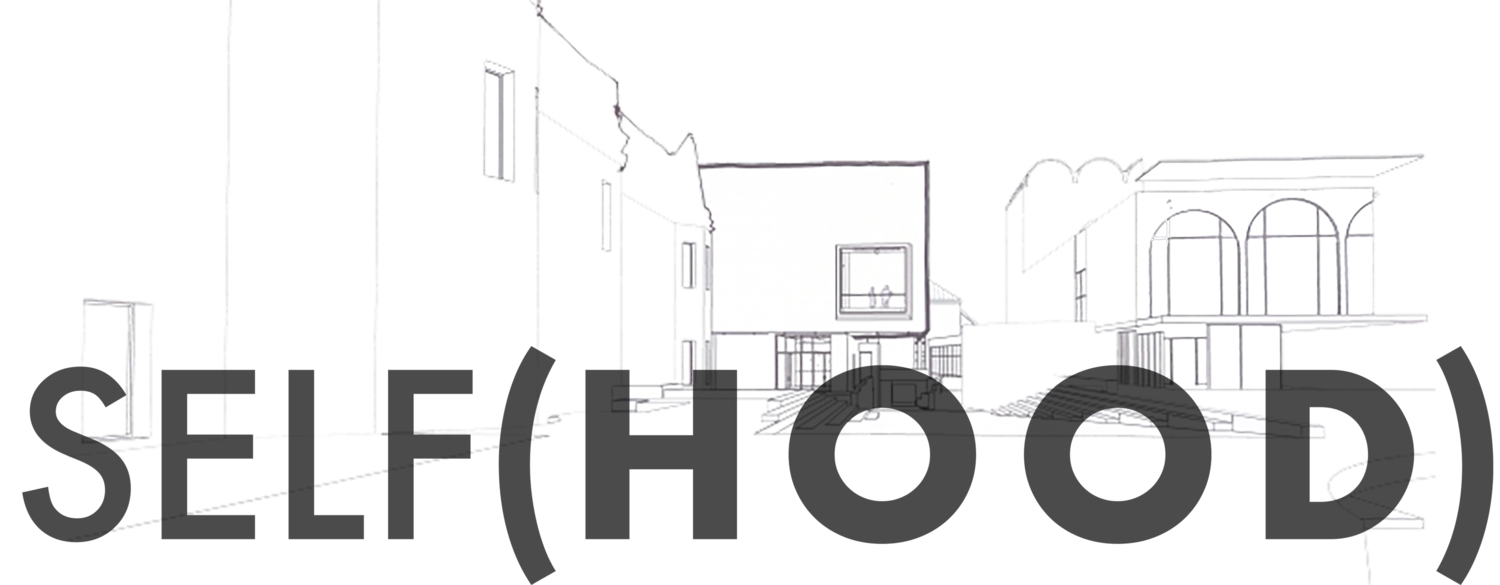Selbstbildnis am Tisch (Self-Portrait at Table), about 1893; published about 1931
Kathe Kollwitz, German, 1867 - 1945
Etching and aquatint on wove paper
Sheet: 12 1/4 x 9 7/8 in. (31.1 x 25.1 cm)
Purchased through the Guernsey Center Moore 1904 Memorial Fund, PR.963.144
The single, hanging lamp illuminates a spare scene within the inky blackness. A young woman in a creased, striped top gazes out at the viewer. In front of her, laying on an otherwise bare table, are sheets of paper and printmaking utensils. Here, Kollwitz illustrates herself at work in her home, which she would occupy and work in at various points in her life until it burned down in her 70s. Through family turbulence, both World Wars, and Nazi Germany, this apartment remained unchanged, according to Kollwitz’s sister.
Images like this of the “artist at work” date back centuries, giving a glimpse into the life of the artist and serving as a propagandistic projection of artistic ability, productivity, and skill. Indeed, in the hundred-plus selbstbildnis, or self-images, Kollwitz made over the course of her lifetime, many depicted her at work painting, sculpting, or etching. As a female artist in a male-dominated field, these selbstbildnis attested to her ability and skill as an artist, as self-portraiture historically did.
However, the mere interpretation of this self-image as pure advertisement or autobiographical vignettes would be an oversimplification of the complexity of self-portraiture at this time. The 26-year old Kollwitz created this image in the time where the psychological concept of the self was at the forefront of the European consciousness. Sigmund Freud’s theories saw human individuals divided into various levels of consciousness and control, shattering former assumptions of autonomy and free will. Self portraiture became a way for artists to gain self-knowledge via self-confrontation. Kollwitz’s insistence on calling these “self-images” reflected this understanding of the constructive yet introspective nature of self-portrayal.
